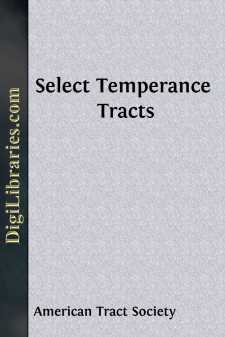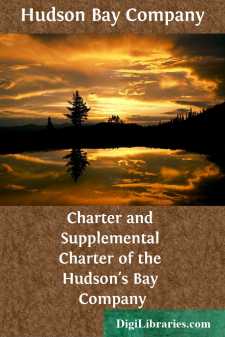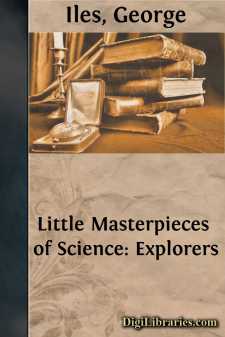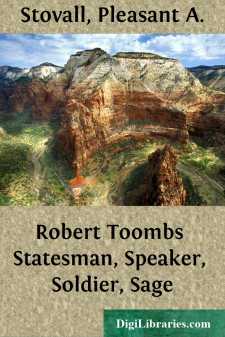Non-Classifiable
- Non-Classifiable 1768
Non-Classifiable Books
Sort by:
By ardent spirits, I mean those liquors only which are obtained by distillation from fermented substances of any kind. To their effects upon the bodies and minds of men, the following inquiry shall be exclusively confined. The effects of ardent spirits divide themselves into such as are of a prompt, and such as are of a chronic nature. The former discover themselves in drunkenness; and the latter in a...
more...
"Help came but slowly" to the reformer. With a single instrument he had stirred the nation, as no other man had done, on the slavery question. He had thrown the South into widespread excitement, and thawed the apathy of the North into widespread attention. He had won an almost instant hearing for his cause. But he knew that this was not enough. Effective as he had shown the weapon of the press...
more...
THE ROYAL CHARTER FOR INCORPORATING THE HUDSON'S BAY COMPANY. A.D. 1670. CHARLES THE SECOND, by the Grace of God, King of England, Scotland, France, and Ireland, Defender of the Faith, &c. To ALL to whom these Presents shall come, greeting: WHEREAS Our dear and entirely beloved Cousin, Prince Rupert, Count Palatine of the Rhine, Duke of Bavaria and Cumberland, &c. Christopher, Duke of...
more...
by:
George Iles
COLUMBUS DISCOVERS AMERICA Justin Winsor [Part of Chapter IX., “The Final Agreement and the First Voyage” from “Christopher Columbus and How He Received and Imparted the Spirit of Discovery,” copyright by Houghton, Mifflin & Co., Boston and New York, 1892.] So, everything being ready, on the 3rd of August, 1492, a half-hour before sunrise, he unmoored his little fleet in the stream, and,...
more...
by:
Robert L. Taylor
"THE FIDDLE AND THE BOW." I heard a great master play on the wondrous violin; his bow quivered like the wing of a bird; in every quiver there was a melody, and every melody breathed a thought in language sweeter than was ever uttered by human tongue. I was conjured, I was mesmerized by his music. I thought I fell asleep under its power, and was rapt into the realm of visions and dreams. The...
more...
BOOK I. I. The learned and illustrious Writer whose Life we undertake to give, derived the name of Grotius from his great-grandmother, married to Cornelius Cornets. This was a Gentleman of Franche-Compté, who travelled into the Low-Countries about the beginning of the sixteenth century, and coming to Delft, got acquainted with a Burgomaster who had an only daughter: He took a liking to her, asked, and...
more...
PREFACE It is to be supposed that children do not read Prefaces; these are Bluebeard's rooms, which they are not curious to unlock. A few words may therefore be said about the Romances contained in this book. In the editor's opinion, romances are only fairy tales grown up. The whole mass of the plot and incident of romance was invented by nobody knows who, nobody knows when, nobody knows...
more...
CHAPTER I. FAMILY, BOYHOOD, LIFE AT COLLEGE. Gabriel Toombs was one of General Braddock's soldiers who marched against Fort DuQuesne in 1755. He was a member of the sturdy Virginia line which protested against the dangerous tactics of the British martinet, and when the English regulars were ambushed and cut to pieces, Gabriel Toombs deployed with his men in the woods and picked off the savages...
more...
by:
Douglas Mawson
INTRODUCTION One of the oft-repeated questions for which I usually had a ready answer, at the conclusion of Sir Ernest Shackleton's Expedition (1907-09) was, "Would you like to go to the Antarctic again?" In the first flush of the welcome home and for many months, during which the keen edge of pleasure under civilized conditions had not entirely worn away, I was inclined to reply with a...
more...











